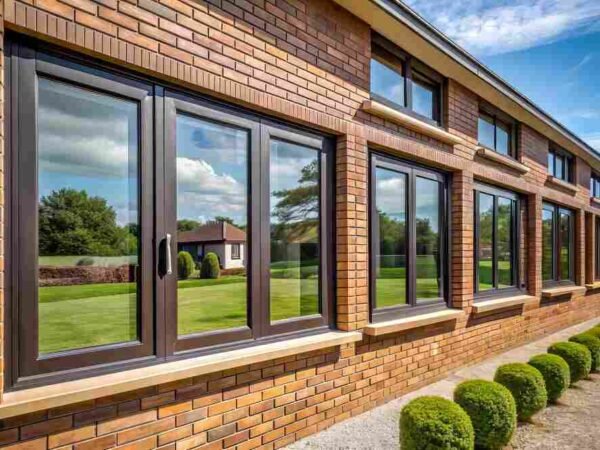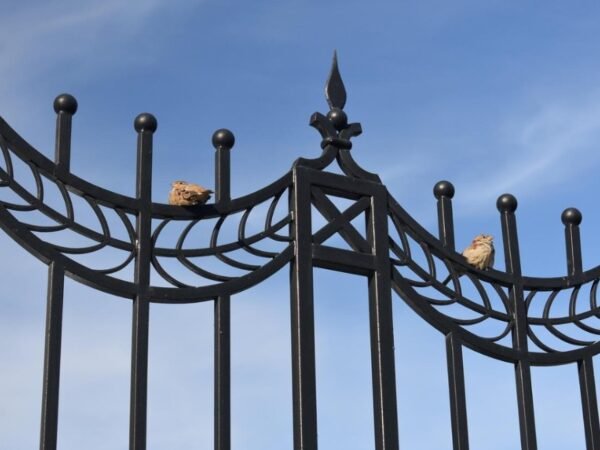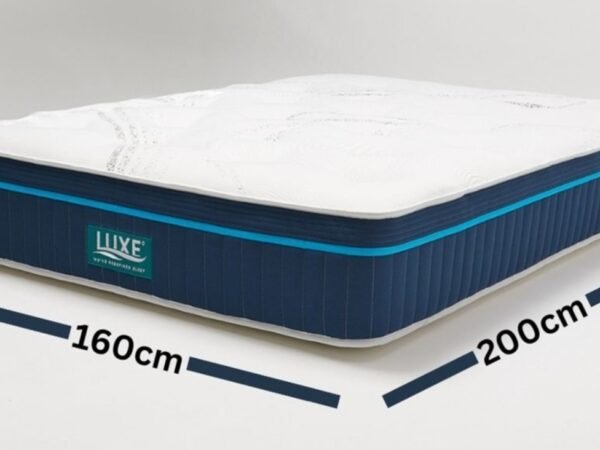When choosing general cable wire for your next project, you must assess the conductor material, evaluate insulation options, and determine the correct gauge size. Each decision impacts your project’s efficiency and safety, so it’s crucial to understand the nuances that differentiate wire types. Have you considered how environmental conditions might affect your choice? Exploring these aspects can prevent unforeseen issues and ensure your project runs smoothly. But what should you prioritize first, and how do you source reliable suppliers? Understanding these elements leads to a more informed and strategic selection process.
Understanding Wire Types
When embarking on a wiring project, it’s crucial to understand the various wire types available to ensure optimal performance and safety. To match your application needs, you must consider wire insulation options and conductor materials.
Start with the conductor materials—copper and aluminum are the most common. Copper offers excellent conductivity and flexibility, while aluminum is lighter and more cost-effective. Each has specific applications based on the project demands.
Next, evaluate wire insulation options. PVC (polyvinyl chloride) is widespread due to its durability and cost-effectiveness. For higher temperatures or harsh conditions, consider Teflon or silicone insulation, which provides superior thermal and chemical resistance. Selecting appropriate wire types ensures your installation remains reliable, efficient, and safe under operational conditions.
Key Specifications to Consider
Before diving into your wiring project, it’s essential to focus on critical specifications that will influence the efficiency and safety of your setup. Begin with material selection; choose between copper and aluminum based on conductivity, flexibility, and cost. Copper offers excellent conductivity and flexibility, while aluminum is lighter and often more cost-effective.
Next, consider the environmental impact. Evaluate insulation types like PVC, which are durable but less eco-friendly, versus alternatives like cross-linked polyethylene (XLPE), which offer better environmental performance. Additionally, assess the cable’s resistance to moisture, temperature, and UV exposure to ensure longevity and safety in your specific environment.
Prioritize these factors to create a reliable, sustainable wiring system tailored to your needs.
Choosing the Right Gauge
After assessing key specifications, it’s time to select the right gauge for your wiring project. The wire gauge determines the current capacity and affects voltage compatibility and heat resistance. Start by identifying your application’s ampacity requirements.
A thicker wire (lower gauge number) can handle more current, ensuring better voltage compatibility. This is crucial for preventing voltage drop, which can lead to inefficient performance or device failure.
Next, consider heat resistance. The wire should withstand your project’s operational temperature range. Improper gauge selection can cause overheating, potentially damaging components.
Always refer to the American Wire Gauge (AWG) chart to ensure you choose the correct gauge for your specific voltage and current needs. This precision will optimize your system’s performance and safety.
Sourcing High-Quality Suppliers
Identifying a high-quality supplier is critical to the success of your wiring project. You need to ensure supplier reliability by thoroughly evaluating their track record. Look for suppliers with positive reviews, consistent delivery times, and a strong reputation in the industry.
Pay attention to quality assurance procedures; these ensure that the cable wire meets necessary standards and specifications. Verify if the supplier has relevant certifications, such as ISO 9001, demonstrating a commitment to maintaining high-quality processes.
Additionally, request samples to assess the material’s durability and performance. Establish open communication with potential suppliers to discuss your specific requirements. By carefully selecting a reliable, quality-focused supplier, you’ll minimize risks and enhance the overall success of your project.
Tips for Safe Installation
When installing general cable wire, ensuring safety is paramount. Begin by practicing proper handling techniques. Always wear insulated gloves to protect against electric shock. Use tools with insulated grips, and never work on live circuits. Before starting, verify that the power is off using a reliable voltage tester. Adhere to all safety measures by checking that cables are intact and not frayed. Carefully route cables to avoid sharp bends or pressure points, which can cause damage over time.
Ensure connectors are securely fastened to prevent loose connections, which may lead to overheating or electrical faults. Label all cables clearly for future identification. Keep your work area organized to avoid tripping hazards.
Conclusion
When selecting cable wire, you’re the captain steering through a sea of specifications. Navigate wisely by choosing the suitable conductor and insulation, like an artisan selecting the finest materials. Gauge size is your compass, guiding you to match ampacity and voltage needs. Trust only high-quality suppliers as your anchor in a storm of variability. Finally, ensure a safe installation, like a skilled sailor tying secure knots, to guarantee your project reaches its destination successfully.













